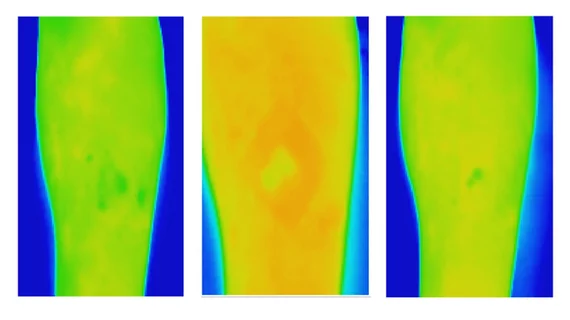Thermal imaging techniques can help providers predict if leg wounds may require additional care, according to research published in Scientific Reports.
Experts estimate up to 2% of the population will suffer a chronic injury during their lifetime, and in the U.S., such afflictions impact nearly 6.5 million patients. The final price tag: about $25 billion for the nation’s healthcare system.
But Australian researchers believe thermal imaging can determine within two weeks from a baseline scan whether venous leg ulcers will heal in the three months that follow. It may be a welcome alternative to using other digital techniques or invasive planimetric tracing, they explained.
“The significance of this work is that there is now a method for detecting wounds that do not heal in the normal trajectory by week two using a non-contact, quick, objective and simple method," Rajna Ogrin, PhD, a Bolton Clarke Research Institute Senior Fellow in Australia, said Wednesday.
The approach works by detecting spatial heat distribution within an injury, with higher temperatures indicating potential inflammation or infection and lower readings reflecting a slower healing rate due to decreased oxygen levels.
After testing their technique in 60 participants with venous leg ulcers, the authors believe thermal imaging may be particularly useful for the home healthcare setting.
"A non-contact method like thermal imaging would be ideal to use when managing wounds in the home setting to minimize physical contact and therefore reduce infection risk," Ogrin remarked in the statement.
Read the entire study here.

